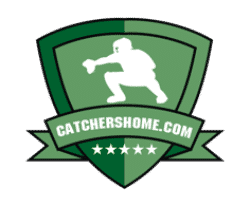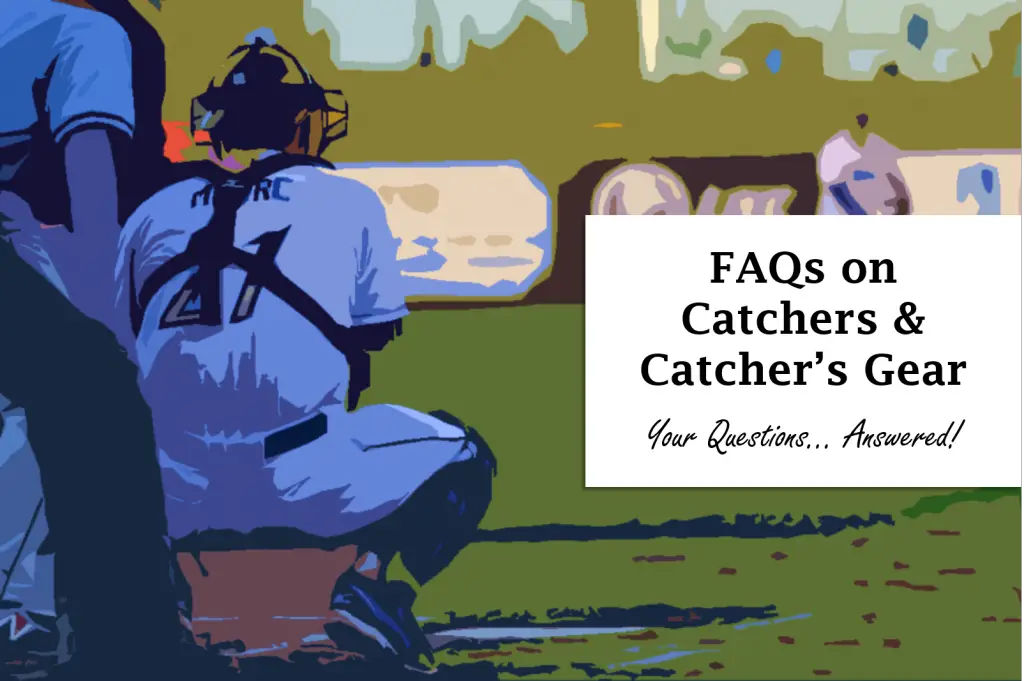Many people have common questions about catchers and catcher's gear. This comprehensive post attempts to answer as many of those questions as possible.
Keep on reading. You may learn something!
Please Note: This post may contain affiliate links. Please see our disclaimer for more information.
Your Questions Answered: Catchers and Catchers Gear Q&A
As you can probably guess, not everything related to catching is straight forward or easy to understand. Particularly as it relates to catcher's gear.
We get it.
So we thought it would be useful to our readers to build a post that concisely addresses some of the key questions people have about catchers and their gear.
The following comes from a combination of questions received from readers and from a list of commonly searched phrases in Google.
You may notice there are different questions that say essentially the same thing. In these cases, we are simply showing varied phrases that people search for online.
Many of the questions fall into pretty clear categories, so we sorted our answers accordingly, by category.
So go ahead, take a look at the following sections. We hope a question you have will be answered, or - at least - that you might learn something new!
Cleaning Catcher's Gear
There are a handful of questions people have about cleaning their catcher's gear. Questions are summarized in the following bulleted list, with our responses below that.
How do you clean catchers gear?
How to clean all star catchers gear?
How to clean catchers gear?
What to clean catchers gear with?
What's the best way to clean catchers gear?
How to clean easton catchers gear?
How to Clean Catchers Gear?
Our Answer:
For the padding portion of most catcher’s gear (for example, chest protectors, removable padding in leg guards, etc), you can machine wash that using a mild detergent on a delicate cycle in your washing machine.
If you machine wash that part of your gear, make sure to let it air dry. Do not put it in the dryer!
For the hard plastic or steel shells on catcher’s helmets and leg guards, use some mild soap or detergent on a cold, wet washcloth and scrub it by hand. Then let it air dry.
Please note: if a certain manufacturer has different cleaning instructions, then defer to those instructions.
Washing Catcher's Gear
Some of the common questions people have about washing their catcher's equipment are shown below:
Can you machine wash catchers gear?
Can you wash catchers gear?
How do you wash catchers gear?
Our Answer:
You can machine wash most chest protectors, most removable non-plastic padding from leg guards, and most removable non-leather pads in face masks, for example.
You should wash these pieces of gear with a mild detergent on a delicate cycle in the washing machine, then let it air dry - as mentioned earlier, do not put it in a dryer!
Of course if you see on the packaging where the manufacturer clearly says not to machine wash, then defer to their guidance. But generally speaking, it should be fine to machine wash those pieces we refer to above.
For cleaning the hard shell(s) on other pieces of catcher's gear, see the topic discussing how to clean catchers gear.
Painting Catcher's Gear
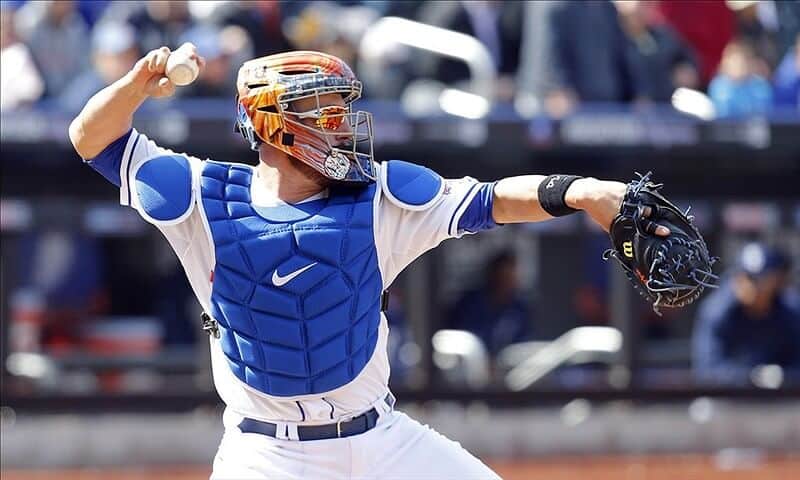
Many people are interested in painting their gear, say - for example - if they switch to a team with totally new colors.
This section addresses those frequently asked questions:
Can you paint catchers gear?
Can you spray paint catchers gear?
How to paint catchers gear?
Our Answer:
Can you paint some catcher’s gear (ie, a catcher’s helmet and the hard part of leg guards)? Sure you can, and various YouTube videos will demonstrate how to do so.
But the real question is should you paint catcher’s gear?
Our answer is simple - we don’t think you should.
Why?
Because incorrect prep and/or paint can significantly jeopardize the safety properties of the helmet (or gear) you would like to paint. It could also void the warranty on the item, depending on the manufacturer.
Remember: at the end of the day your safety (or that of your son or daughter) is much more important than having a certain color or design.
If you would like to inquire further about whether you should paint catcher’s equipment, we recommend contacting the National Athletic Equipment Reconditioners Association (NAERA) for more information.
Sizing for Catcher's Gear
It's important to know how to size yourself (or your child) for catcher's gear, especially when buying it online.
Fortunately it's easy to do. Read the common questions related to sizing and our response below:
How catchers gear should fit?
How to fit catchers gear?
How to measure for catchers gear?
How to size catchers gear?
How should catchers gear fit?
How do I know what size catcher's gear to get?
What size catcher's gear do i need?
Our Answer:
The size of catcher's gear that you need depends on your own size based on measurements that you take. And the way you measure for catcher's gear depends on the piece of gear you are measuring for.
For a catcher's helmet, use something like a cloth tape measure to measure the circumference of your head (in inches) right above your ears.
For chest protectors, measure in inches from the collar bone to the your waist (by your belt line). For leg guards, measure in inches from the middle of your knee cap to the bend in your ankle.
Regarding catcher's mitts, they are measured by circumference, not length. Catchers can use a mitt they feel most comfortable with, regardless of whether they are on the "big side" or "small side" of things.
Generally speaking, adult baseball catchers will wear mitts between 32.5" and 34"; adult Faspitch Softball catchers will wear mitts between 33" - 34"; and youth catchers will wear mitts between 31" - 32.5".
Again, these are generic guidelines. Use the size mitt that you prefer or that works best for your unique situation.
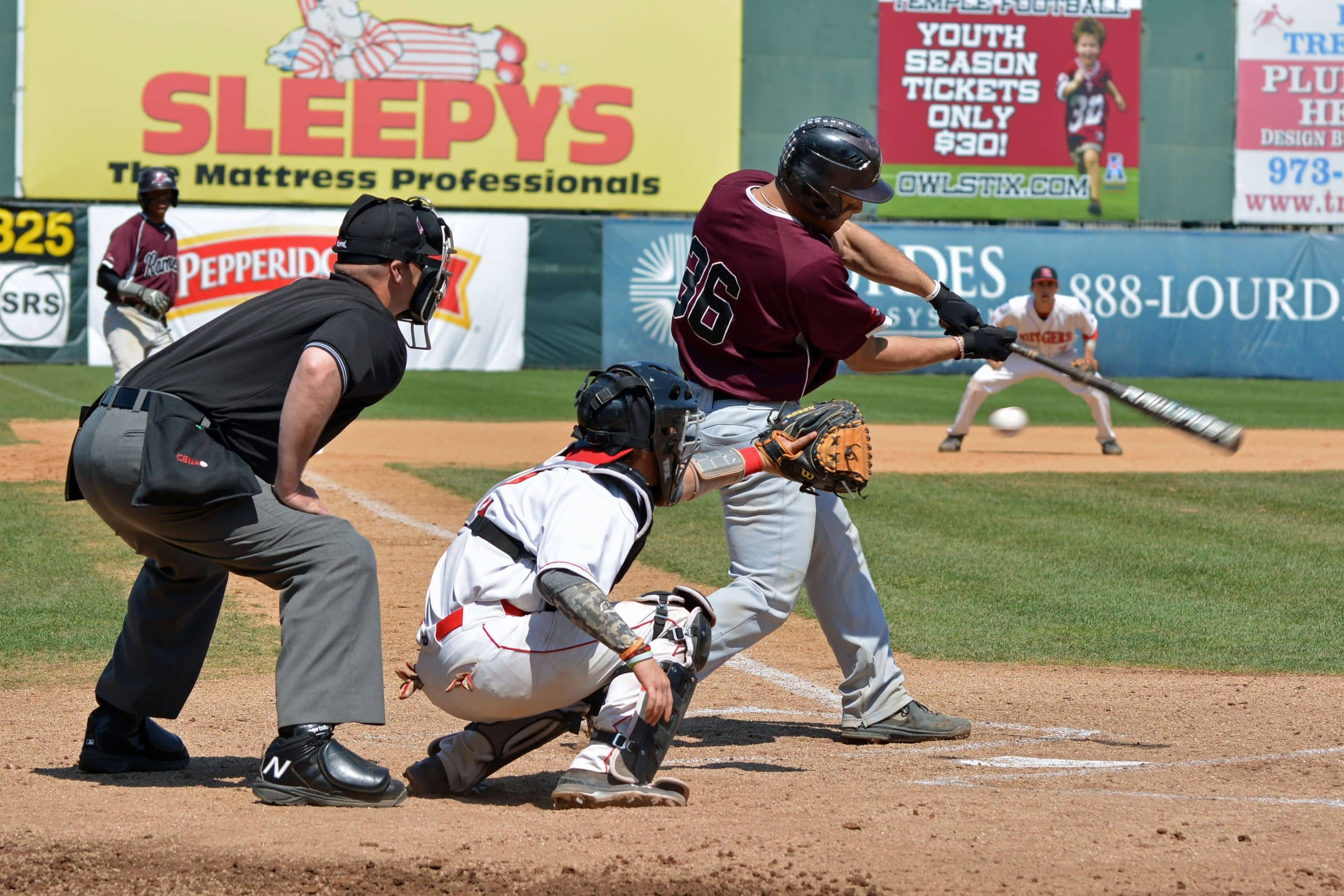
Cost of Catcher's Gear
Catcher's gear can represent a significant investment for some ballplayers. Understandably, many inquire about the cost of that gear.
Frequently searched phrases about this are below:
How much is catchers gear?
How much does catchers gear cost?
Our Answer:
The cost of catchers gear can vary quite dramatically, from super cheap to expensive.
It ultimately depends on the type of gear and the make and manufacturer of the gear. For example, we have seen new catcher's mitts sell for as low as $30 and for as high as $500.
For new catcher's helmets, we have seen a low cost of $35 and a high cost of $300 or more.
New chest protectors and leg guards typically have a less broad range, and can often be found anywhere from $20 - $200.
Like anything else in the world, “you get what you pay for”.
This doesn't necessarily mean that the most expensive item on the market is the best. In fact, in some cases an average priced item made by a quality brand can hold up as long or longer than a higher priced item.
We encourage you to check out our picks of individual pieces of catchers gear which show overall best picks as well as our top budget picks based on our research.
Buying Catcher's Gear
People also have a few questions about where they can buy catcher's gear. Those questions, and our responses, are below:
How to buy catchers gear?
Where to buy catchers gear?
Our Answer:
You can buy catcher's gear in a store or online.
The main pro of buying it in a store is that you can try the gear on in person before you buy. The main con is that most stores carry few models (if any) and generally have limited variety to choose from.
Conversely, the main pro of buying catchers gear online is that you have a huge variety to choose from, while the main con is that you can't try on the gear in advance (though you can always return or exchange it if needed).
Our preference is definitely to get your gear from an online marketplace. We recommend using one of our affiliate partners - specifically, Amazon or eBay.
Question: What chest protector is best for bigger catchers?
Our Answer:
For bigger catchers (for example, people over 6 feet tall) we'd recommend a 17 inch chest protector.
Your best bets are Easton's NOCSAE approved lineups, such as the Pro X, Elite X or Gametime. The adult sizes of each are 17 inches.
All Star's Axis chest protectors are also excellent, although their max size is 16.5 inches.
Question: Can you buy individual shoulder caps/pads if a chest protector doesn’t come with them?
Our Answer:
To the best of our knowledge you can buy replacement shoulder caps for chest protectors only from some retailers. A good example is All Star, who sells them on their website as of the publication date.
You may also have luck checking on eBay for shoulder caps.
Wearing Catcher's Gear
The following two questions are about wearing gear. See below.
Question: How to put knee savers on catchers gear?
Our Answer:
Most knee savers have two sets of D-shaped rings on them. The connector straps on leg guards fit through those D rings and when pulled tight, allow the flat side of the knee saver to rest firmly on the calf.
Question: How to put on catchers gear?
Our Answer:
Putting catcher's gear on is pretty straightforward. Rather than write out the whole process, we thought it would be easiest if we just shared this short video of a kid putting on his gear.
Top Picks/Best Catcher's Gear
Question: What is the best baseball catchers bag?
Our Answer:
We actually developed a post answering this question. In the post, our pick for the best overall catcher's bag is the No Errors NoE2 bag.
In addition to the NoE2, we detail some other picks in the post mentioned above. For example, we give picks (and reviews) of the runner up bag, our top budget choice and the top bat pack for catchers.
Question: What is the best baseball catchers gear?
Our Answer:
For this question, simply check out our detailed post on the best catchers gear for adult catchers! Or, if looking for a young catcher, check out our post detailing the best gear for youth catchers.
Question: What is the best baseball catchers mitt?
Our Answer:
We created a post answering this very question. Check it out to learn more, specifically about Baseball catcher's mitts.
Please note: We also wrote posts identifying the best Fastpitch Softball Catcher's Mitt and the best Youth Catcher's Mitt, which we'd encourage you to read.
Question: What is the best catchers gear?
Our Answer:
Check out our detailed post on the best catchers gear for adult catchers! Or, if looking for a young catcher, check out our post detailing the best gear for youth catchers.
Question: What is the best catchers gear for youth?
Our Answer:
Check out our post with top picks and reviews of what we consider the best catcher's gear for youth catchers.
Question: Which catchers gear is best?
Our Answer:
Since this question is super similar to the one's above, we'll restate our response: "Check out our detailed post on the best catchers gear for adult catchers! Or, if looking for a young catcher, check out our post detailing the best gear for youth catchers."
Other Questions About Catcher's Gear
There were a handful of other questions that didn't really fit into one particular category. So we threw them in this "other" category.
If your catcher's gear questions haven't been addressed yet, then they are probably in this section.
Question: Do baseball catchers wear cups?
Our Answer:
Yes, they do. In fact, it's very rare for Baseball catchers to not wear a cup, especially at more advanced levels.
And in our opinion, it's foolish not to wear a cup when you are playing behind the dish, no matter what your age (leading medical authorities back this up).
Testicular injuries can and do happen to catchers, and having a strong, reliable cup on is one of the best ways to prevent such injury while on the field.
Question: How much does catchers gear weigh?
Our Answer:
The weight of individual pieces of catcher's gear can vary dramatically by brand and model.
However, on average the general weight for adult sized catchers gear is as follows: catcher's helmet - between 2.5 and 3 pounds; chest protector - between 1 and 1.5 pounds; leg guards (set) - between 3 and 3.5 pounds.
Catcher's masks typically weight between 1 and 2 pounds. For example, the All-Star LUC traditional mask weighs 21 ounces (e.g., 1.3 pounds).
Remember, most of these are just generalizations and specifics can vary by product.
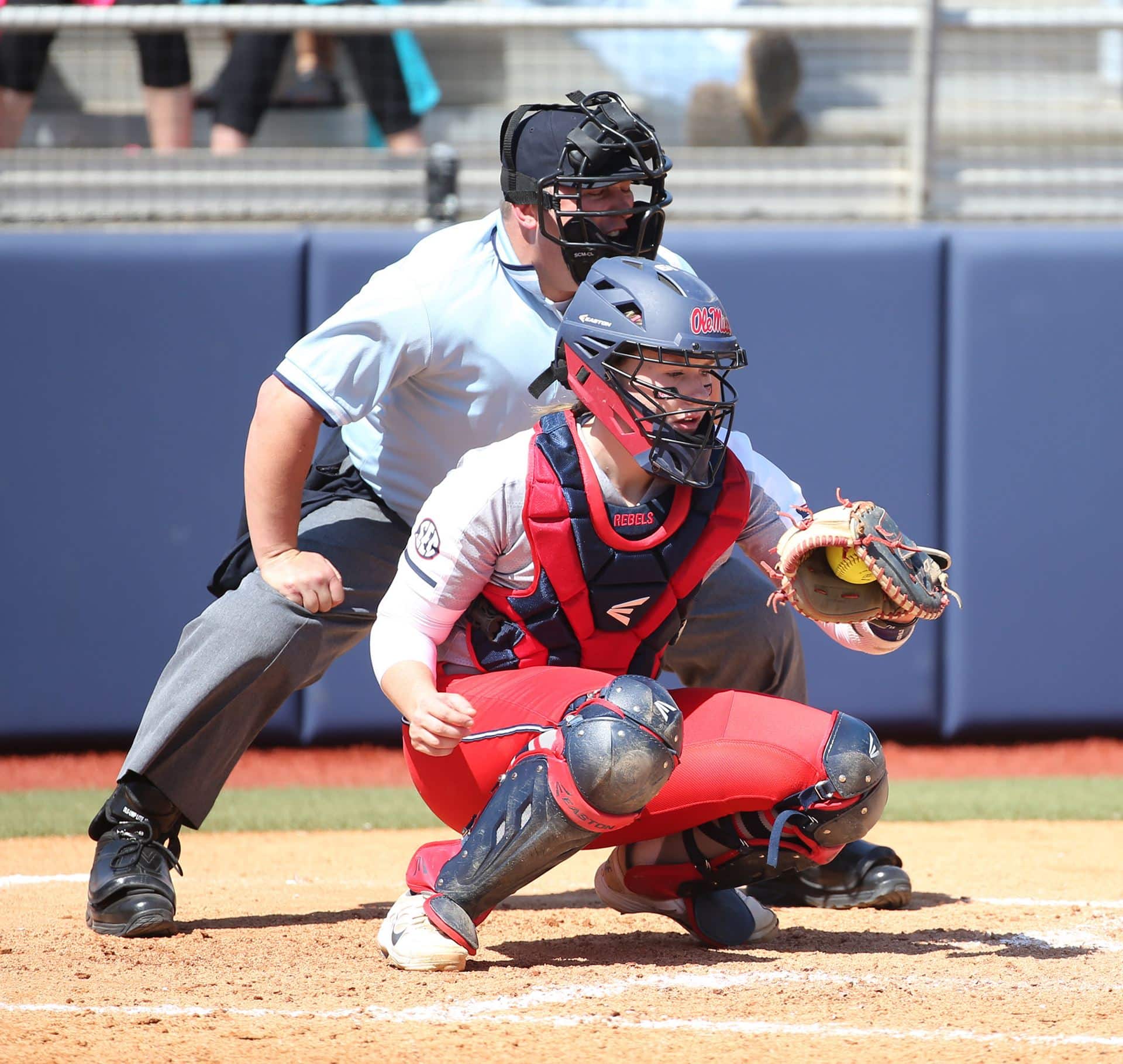
Question: Is Softball catchers gear the same as baseball?
Our Answer:
No, it is different. If you find the word 'softball', 'women's' or 'female' in the description or model name of the catcher's gear, then that particular gear was made for Fastpitch Softball catchers. For example, see Jen Schro's The Very Best Softball Catcher's Set.
If it does not have one of the above words in the model name, then it is typically a sign that the catcher's gear was intended for Baseball. Keep in mind, however, that Fastpitch Softball catchers can absolutely still use catcher's gear that was made for Baseball.
The primary difference between Baseball and Fastpitch Softball-specific catcher's gear is that the latter type of gear usually has a different design which conforms better to a female's body.
Our Answer:
Question: Can you replace the buckle and loop if broken on a chest protector?
Our Answer:
We are not aware of a specific kit you could buy to fix that part of the chest protector.
Replacement chest protector harnesses on the market typically only work with the brand chest protector you have (i.e., they are not universal) and we know of only Force3 and All Star that sell them for their chest protectors.
You could also go by a hardware store to see if you could find individual parts, such as a new D ring, and try to sew or somehow re-bind the leather strap back together if that part was broken too.
Question: How long does catchers gear last?
Our Answer:
The amount of time that catcher's gear lasts depends mostly on two things: the quality of the gear, and the degree of 'wear and tear' on the gear. So it's not necessarily a black-and-white answer.
High-quality gear tends to be very durable and able to withstand constant movement and impact over a substantial period of time. The degree of 'wear and tear' depends on how the gear is used, including how frequently it is used and how rough you are with the gear when it's in use.
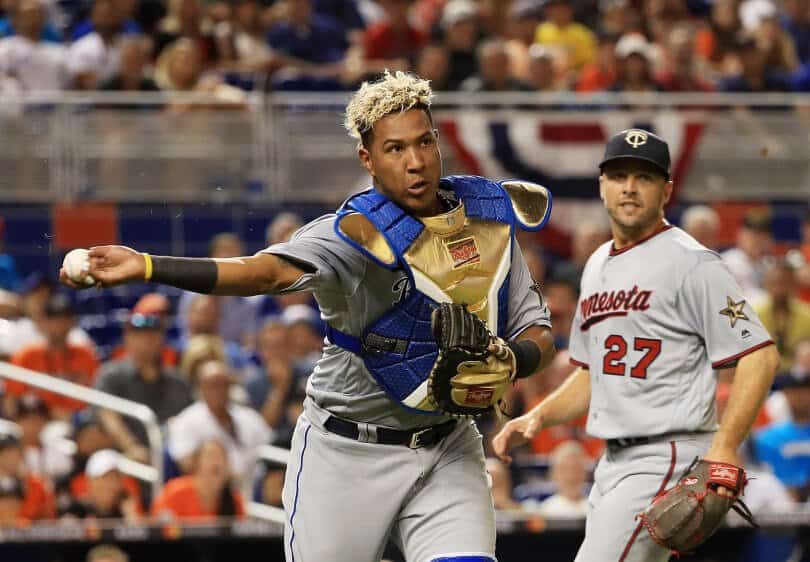
Question: How to customize catchers gear?
Our Answer:
Although not all catcher's gear can be customized, a good amount can.
Your best bet to customize catchers gear is to go to the website of the brand whose gear you're interested in and look for a section on customization. Many have a program on their website that will take you step-by-step through the process of customizing your gear.
For example, All Star does this very thing. If you're interested in customized catcher's gear, we strongly encourage you to check out the detailed article we wrote about the topic.
Question: What catchers gear do the pros wear?
Our Answer:
Pro catchers wear an assortment of gear from brands like All-Star, Force3, Rawlings, Nike, and others. Keep in mind that many MLB catchers are sponsored (note: paid) by those brands to wear their gear.
To answer this question in detail, please see our post on the gear that MLB catchers wore during the 2021 season. Pretty interesting if you ask us!
Question: Who makes under armour catcher's gear?
Our Answer:
All Star designs and manufactures catcher's gear for the Under Armour line. So if you buy Under Armour catcher's equipment, you are really getting All Star gear.
Crazy, right?
Question: Does Rawlings own Easton?
Our Answer:
Yes! Rawlings purchased Easton in October of 2020. Click here to read more.
Question: What catchers gear does Buster Posey wear?
Our Answer:
San Francisco Giants great Buster Posey has now retired from Baseball.
However, towards the end of his career, Posey wore the following catcher’s gear: 1. A modified All Star System 7 catcher’s helmet. 2. A Marucci chest protector; 3. Rawlings Heart of the Hide catcher’s mitt. 4. Marucci leg guards. 5. Marucci knee savers.
Most of his equipment was customized for him, though you can still find (at least) the base model of most pieces of his gear.
Question: What does NOCSAE catchers gear mean?
Our Answer:
NOCSAE stands for National Operating Committee on Standards for Athletic Equipment. They are a body of experts who develop safety standards for sports equipment manufacturers to follow.
If you see a reference to NOCSAE catchers gear on a particular product, that simply means that the item you are looking at meets NOCSAE's standards for safety.
This is especially important in some baseball and/or softball leagues, which may require proof that the gear a catcher wears has the NOCSAE stamp of approval.
Question: What is the name of the baseball catchers mask with springs?
Our Answer:
That mask is called the Force3 Defender! Many professional catchers are using this mask now.
We wrote a detailed post on Force3 catchers gear, which we would encourage you to read to learn more information about this mask and other Force3 products.
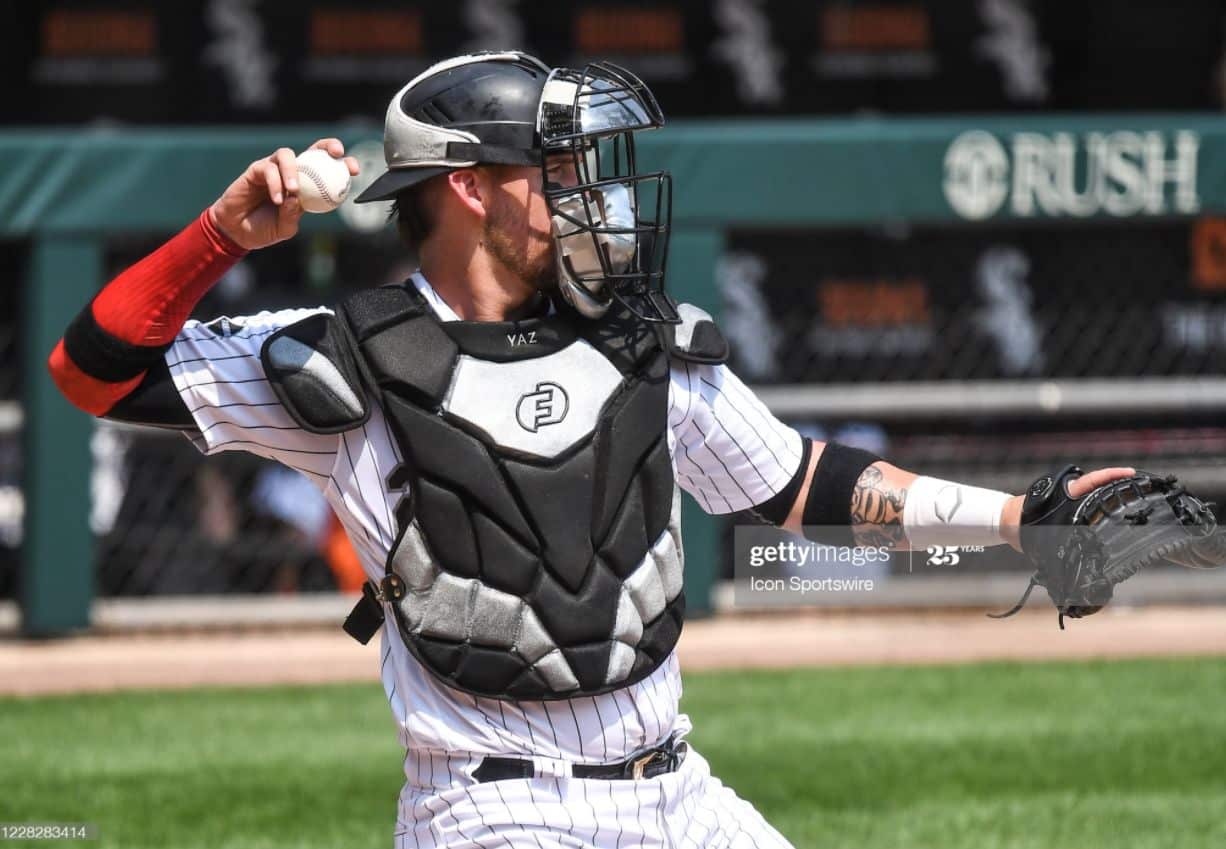
Other Questions About Catchers In General
Lastly, there are a number of questions that people have about catchers that are not directly related to catcher's gear.
We thought it was best to include those questions in this section. Check them out!
Question: Which baseball catchers are in the hall of fame?
Our Answer:
There are now 19 catchers in the Baseball Hall of Fame, located in Cooperstown, NY. They are: Johnny Bench, Yogi Berra, Roger Bresnahan, Roy Campanella, Gary Carter, Mickey Cochrane, Bill Dickey, Buck Ewing, Rick Ferrell, Carlton Fisk, Josh Gibson, Gabby Hartnett, Ernie Lombardi, Biz Mackey, Mike Piazza, Ivan Rodriguez, Louis Santop, Ray Schalk, and Ted Simmons.
There are also ballplayers elected to the Hall of Fame who were catchers, at least at one time, but were elected primarily based on their accomplishments while in a different position or role. For example, Joe Torre, Craig Biggio, or Branch Rickey.
Also, keep in mind that there are other Baseball Halls of Fame across the globe, and many catchers have been inducted in them. We’d suggest you check out our post Catchers in the Hall of Fame for more information!
Question: Who are the major record holding catchers in the MLB?
Our Answer:
A number of legendary catchers may come to mind when you think about who the record holders likely are. And many have set incredible records!
However, there are a wide variety of catchers that played the game who set records in their own right.
We put together a very detailed post showcasing hundreds of key statistics about catchers, which we suggest you take some time to read!
Question: Who are the current left handed catchers in MLB?
Our Answer:
There are no left handed catchers currently playing in the MLB, as of the 2021 season. The last person to catch left handed in an MLB game was Benny Distefano, who caught three games for the Pittsburgh Pirates in 1989.
Question: Why are baseball catchers right handed?
Our Answer:
There is not a black-and-white answer to this question or an explanation that’s set in stone.
However, most would agree that practically all catchers (i.e., those at advanced levels) are right handed because left handed catchers have two main limitations.
The first is that left handed catchers are generally not able to field bunts down the third base line and throw as quickly and efficiently as those that throw right handed.
The second, and arguably most important, has to do with plays at the plate. Very accurate relay throws to home caught by a left hander would have to be caught backhanded. While throws coming in from the first base line would leave the throwing side of the body completely open to the player running to the plate.
Since every advantage, no matter how small, is incredibly important at competitive levels of Baseball and Fastpitch Softball, it has become the norm for coaches to only use right handed catchers.
Still, that doesn't mean lefties have never caught in the major leagues. There have been quite a few in baseball history. Check out our post on famous LHT catchers for more info.
Question: Can I use a pitching machine to help with blocking drills?
Our Answer:
You can absolutely work with a pitching machine to help practice blocking. We simply encourage you to wear your gear and work with a coach who knows what they're doing, and who can also operate the machine.
For more details on great pitching machine options, check out our post on three-wheeled pitching machines, as well as our post on the top softball pitching machines.
Question: Who was the baseball catcher who was a spy?
Our Answer:
That was Moe Berg. Between 1923 and 1939, Berg played in 663 games for 5 big league clubs (the Brooklyn Robins, Chicago White Sox, Cleveland Indians, Washington Senators and Boston Red Sox).
Berg was a super smart man. He graduated from Princeton University and Columbia University, and he spoke multiple languages.
Shortly after his big league career ended, the US entered World War II and Moe participated in the war effort. In 1943, he joined the Office of Strategic Services (OSS, which would later become the CIA), working as a spy throughout the war in Europe.
Also, they made a movie about him with Paul Rudd playing Moe Berg. Pretty neat!
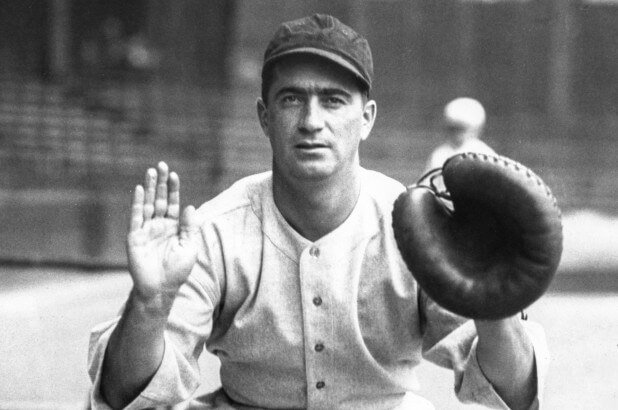
That's a Wrap!
If you've stayed with us this long, we're impressed. We just covered a lot of ground.
We hope that this post helped answer one or more of your questions. If, however, you still have a question, send us a note by heading over to our Contact Us page or by dropping an email to scott [at] catchershome [dot] com.
Thanks for reading!
Scott Perry
Scott Perry is the owner and lead author at Catchers Home. He's a former baseball player, a current coach, a husband and a Dad. He remains as passionate about baseball today as he was as a kid.
